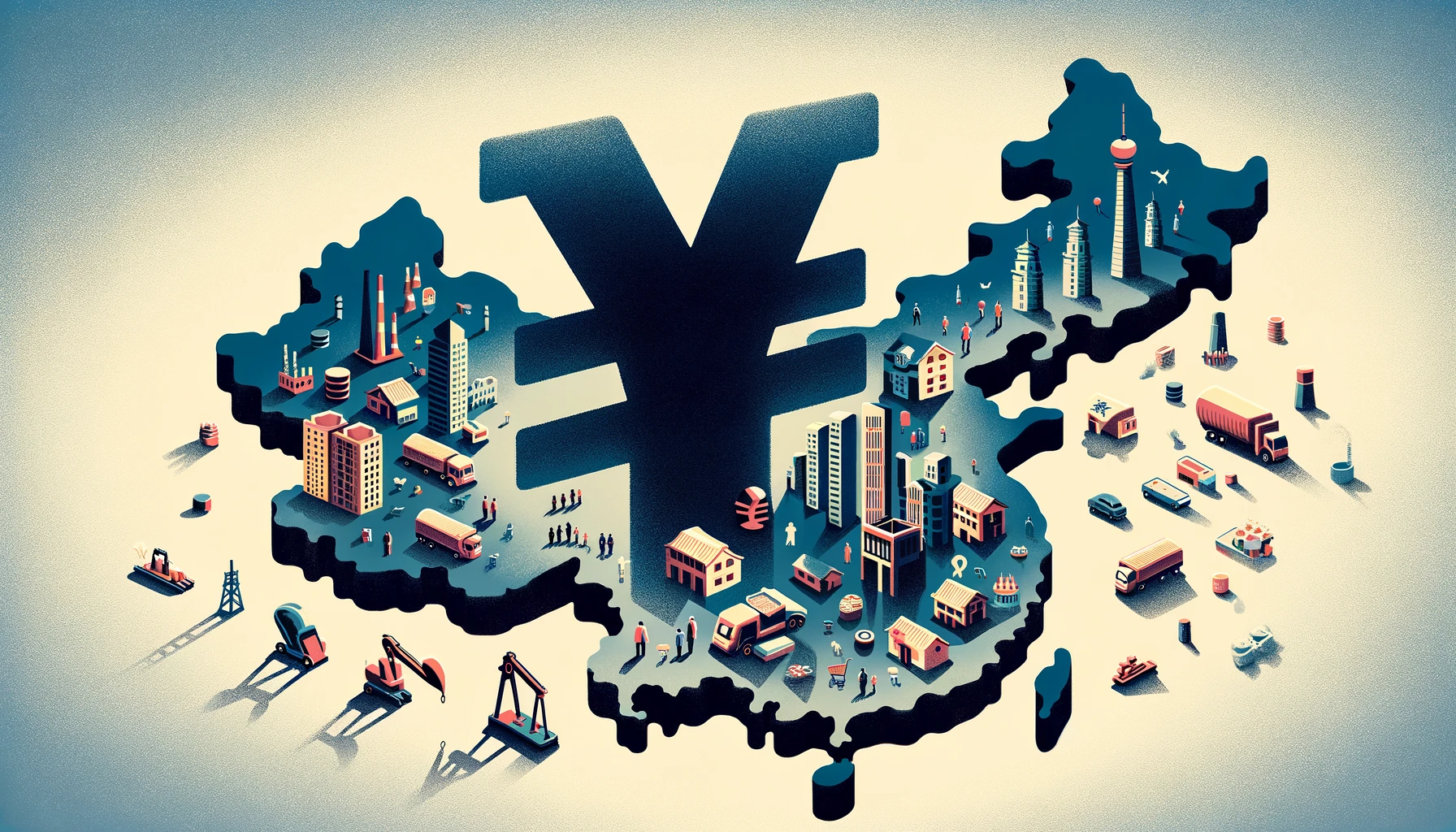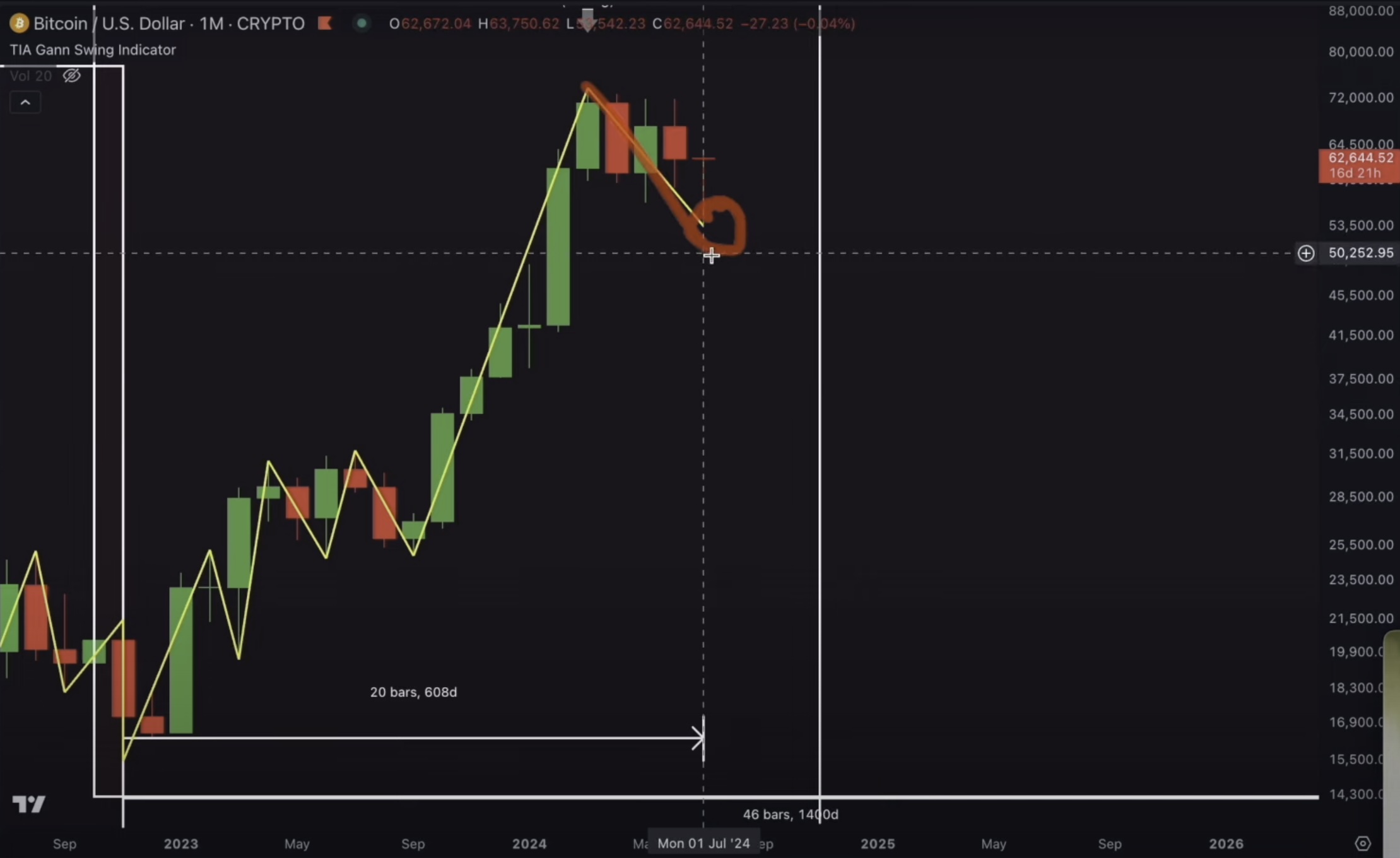China’s economic recovery continues to face obstacles as consumer inflation creeps higher while factory prices drop. This imbalance is worsening tensions within the global second-largest economy, with Beijing juggling weak domestic demand and mounting global trade pressures.
Persistent Inflation Amid Falling Factory Prices
In April, China witnessed a minor increase in its consumer price index, a 0.3 percent rise year over year, a slight uptick from March’s 0.1 percent. This increase is driven by higher costs in energy, education, and tourism, even as food prices decline. Despite this, China’s vast population, numbering 1.4 billion, is choosing savings over spending, a trend intensified by the lingering effects of the Covid-19 pandemic.
The continued rise in consumer prices for the third consecutive month points to some stabilization in domestic demand, though the real estate sector remains in a protracted slump. This scenario is playing out against a backdrop of President Xi Jinping’s drive to revitalize manufacturing, particularly in high-tech sectors, to counterbalance the property market’s downturn.
International Tensions and Domestic Challenges
This strategic change is causing unease internationally, as Western countries fear an influx of cheap Chinese goods. Factory prices in China are still declining, making Chinese products more competitively priced abroad. In April, the producer price index fell by 2.5 percent from the previous year, continuing a downward trend from previous months.
This price dynamic is causing concerns about the real health of China’s economy. Analysts suggest that while China’s manufacturing output is high, falling prices mean profits are not keeping pace. Profits for Chinese companies, excluding the financial sector, were down 5 percent in the first quarter of the year.
Moreover, even as China’s dollar-denominated export value saw a 1.5 percent increase in April, the volume of exports grew significantly more, straining relationships with key trading partners like the EU and the US. Both regions are now contemplating protective measures against cheap imports, with the US planning to increase tariffs on Chinese electric vehicles and other green tech imports.
The Currency Conundrum and Financial Stability
The People’s Bank of China (PBOC) is also in a bind with low inflation and declining interest rates, a situation reminiscent of Japan’s economic struggles with ultra-low borrowing costs. As of last week, China’s ten-year government bond yields hovered at 2.32 percent, starkly lower than the US’s 4.5 percent. This disparity is making the yuan less attractive, leading Chinese companies to hold onto their dollars, evidenced by the weakest March conversion of export earnings since 2016.
China’s low interest rates pose another risk: if rates rise, institutions heavily invested in government bonds could face major losses, a scenario seen in the US with the collapse of Silicon Valley Bank. In response, Chinese regulators are tightening scrutiny on banks’ bond purchases, particularly advising rural banks to limit their exposure to long-term bonds.
Despite these financial strategies, the demand for loans in sectors outside Xi’s focus areas remains tepid, further indicating a broader economic malaise. The government’s crackdown on over-leveraged developers has dampened confidence, leaving the property market and broader economic growth languishing.





